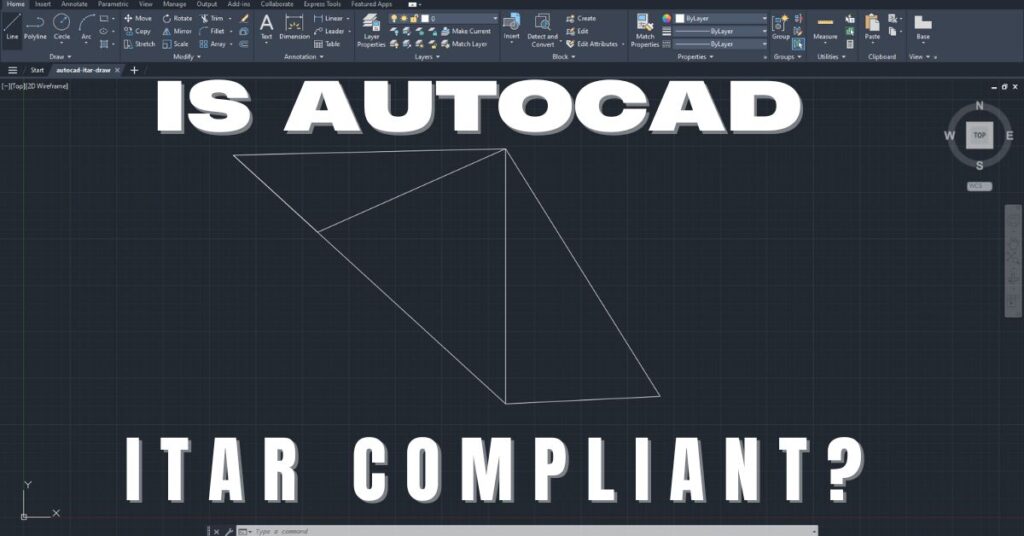NIST’s SP 800-171 Revision 3: Enhancing Security for CUI
BREAKING NEWS: NIST Unveils Initial Public Draft (ipd) for Strengthening Security of Controlled Unclassified Information
The National Institute of Standards and Technology (NIST) has just released an initial public draft of a groundbreaking document, SP 800-171, Revision 3. This draft aims to bolster the security requirements and protocols necessary to safeguard sensitive federal information from unauthorized disclosure, in nonfederal systems and organizations. This revision, imperative for Department of Defense contractors, is anticipated to be seamlessly integrated into a forthcoming Federal Acquisition Regulation (FAR) clause, thereby extending its applicability to all federal contractors engaged in processing, storing, or transmitting CUI.
Derived from insightful public commentary and evolving security landscapes since the issuance of Revision 2 in February 2020, Revision 3 of NIST SP 800-171 brings forth noteworthy enhancements:
Alignment with NIST SP 800-53, Rev. 5: Reflecting the changes in NIST SP 800-53, Revision 5, pertaining to Security and Privacy Controls for Information Systems and Organizations, this update ensures a more stringent and comprehensive approach to compliance. NIST SP 800-53 standards are typically mandatory for federal information systems and contractors managing information systems on behalf of the federal government, including cloud service providers. The harmonization of standards in NIST SP 800-171, Revision 3, facilitates a unified and robust security framework.
Streamlining Security Requirements: The revision strategically eliminates outdated and redundant security requirements, streamlining the framework for enhanced clarity and efficiency in compliance.
Introduction of Organization-Defined Parameters (ODPs): Recognizing the dynamic nature of cybersecurity, Revision 3 introduces Organization-Defined Parameters for select requirements. This strategic inclusion enhances flexibility, enabling organizations to tailor their approach to risk management effectively.
CUI Overlay Implementation: A groundbreaking addition is the prototype CUI overlay, showcasing the adaptation of the NIST SP 800-53 moderate control baseline at both the control and subcontrol levels. This overlay serves as a practical guide, illustrating how these controls are specifically tailored to safeguard Controlled Unclassified Information.
NIST SP 800-171, Revision 3, emerges as a comprehensive and adaptive framework, aligning with contemporary security needs and ensuring heightened protection for Controlled Unclassified Information. Stay ahead in compliance to fortify your organization’s resilience in the ever-evolving cybersecurity landscape.
Key Categories of Controlled Unclassified Information (CUI) that this standard seeks to protect include:
- Protected critical infrastructure information
- Research and technology pertaining to small businesses
- Sensitive personally identifiable information
- Nuclear security-related information
- Defense-controlled technical information
- General financial information
- Confidential health information
This major update serves as a vital step towards strengthening the security posture of nonfederal systems and organizations. It emphasizes the need for active compliance with the enhanced requirements outlined in SP 800-171 initial public draft.
Stay informed and take prompt action to ensure your systems and organizations align with the robust security measures defined in the public draft.
Share in Social Media
See More Case Studies

Securing Defense Contracts: A DFARS 252.204-7012 Compliance Case Study
Discover how Cleared Systems helped a Federal Contractor successfully achieve DFARS 252.204-7012 compliance by strengthening its cybersecurity posture, giving it a competitive edge when bidding for DoD Contracts.

What is GCC High? For ITAR & CMMC 2.0
Microsoft 365 Government Community Cloud (GCC) High is a specialized cloud solution tailored for U.S. federal, state, local, tribal, and territorial government organizations, as well as for contractors who hold or process data subject to specific security regulations. In this article, we will explore the features, benefits, and differences between Microsoft 365 GCC High and other Office 365 offerings.

Is AutoCAD ITAR Compliant? A Comprehensive Guide for Defense Manufacturers
Defense contractors and manufacturers working with sensitive military technologies face a critical question when selecting computer-aided design software: Is AutoCAD ITAR compliant? This question becomes

How to Get Help in Windows: Guide to Security and Compliance Support
In today’s digital landscape, ensuring your computer systems are secure and compliant with industry regulations is essential for both businesses and individuals. Windows, as one

Microsoft Copilot for GCC High: Enhancing Security and Compliance
In today’s fast-evolving digital landscape, organizations that handle sensitive data, particularly those in government sectors or defense contractors, face growing pressure to maintain strict security
Partner with Us for Compliance & Protection
We’re happy to answer any questions you may have and help you determine which of our services best fit your needs.
Your benefits:
- Client-oriented
- Security
- Compliance
- Peace of mind
- Efficiency
- Trust
What happens next?
Schedule an initial meeting
Arrange a discovery and assessment call
Tailor a proposal and solution
